Cascabeles Salsa: Spicy Secrets, Global Twists & How to Make It Yours!
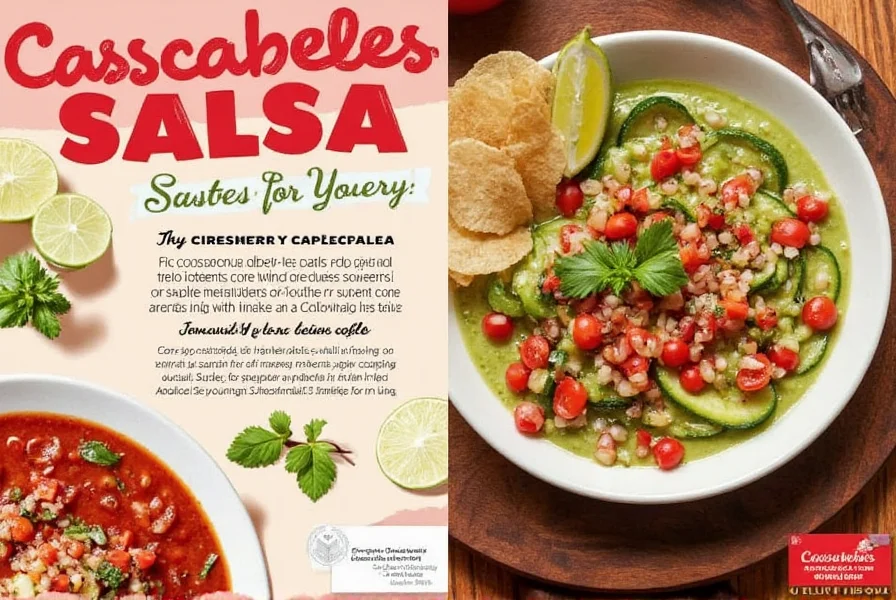
Table of Contents
- What is Cascabeles Salsa?
- The Fiery Origins of Cascabeles Peppers
- Cascabeles Around the World: Regional Flavors
- How to Make Cascabeles Salsa at Home
- Buying Guide: Picking the Perfect Ingredients
- Pairing Cascabeles Salsa with Food & Drink
- Pro Tips for Mastering Your Salsa Game
- Final Thoughts
What is Cascabeles Salsa?
If you’re looking to spice up your culinary game, cascabeles salsa might just be your new secret weapon. This lesser-known gem from the world of peppers brings heat, flavor, and tradition to your kitchen table.
Cascabeles — also known as chiltepín or bird’s eye chili in some regions — are tiny but mighty. Native to Mexico and parts of the southwestern United States, these wild peppers pack a punch without overwhelming your palate. When turned into salsa, they deliver a complex blend of smoky, citrusy, and earthy notes that can elevate everything from tacos to grilled meats.
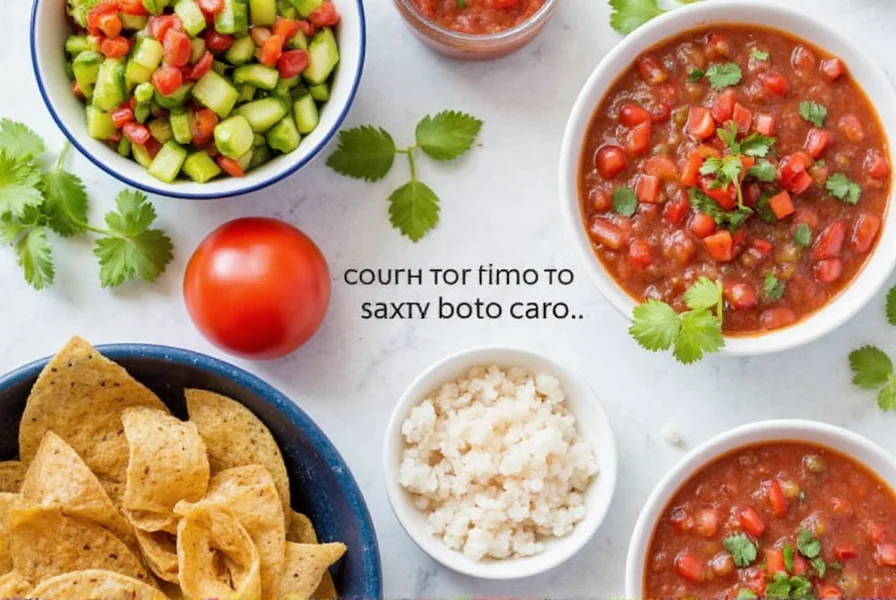
The Fiery Origins of Cascabeles Peppers
The story of cascabeles starts deep in the wild landscapes of northern Mexico and southern Arizona. Known scientifically as Capsicum annuum var. glabriusculum , this pepper has been used by indigenous communities for centuries. The name “cascabeles” comes from the Spanish word for bells — perhaps because of the way they rattle when dried and shaken in their pods.
Traditionally, these peppers were harvested manually and sun-dried before being ground or used whole in stews, salsas, and moles. They were prized not only for their heat but also for their medicinal properties — believed to stimulate digestion and even relieve pain.
Cascabeles Around the World: Regional Flavors
While deeply rooted in Mexican cuisine, cascabeles have inspired similar variations across the globe:
| Region | Pepper Equivalent | Flavor Profile | Common Use |
|---|---|---|---|
| Mexico (Sonora) | Cascabeles | Spicy, citrusy, smoky | Salsas, stews, meat marinades |
| Thailand | Bird’s Eye Chili | Very hot, slightly sweet | Pad Thai, curries, dipping sauces |
| India | Kanthari Chilli | Fiery, fruity, bitter | Kerala dishes, pickles, spice blends |
| West Africa | Scotch Bonnet | Fruity, floral, extremely hot | Jollof rice, soups, sauces |
Though cascabeles are unique to their region, their global cousins show how universally loved spicy flavors are — and how adaptable the essence of cascabeles salsa can be!
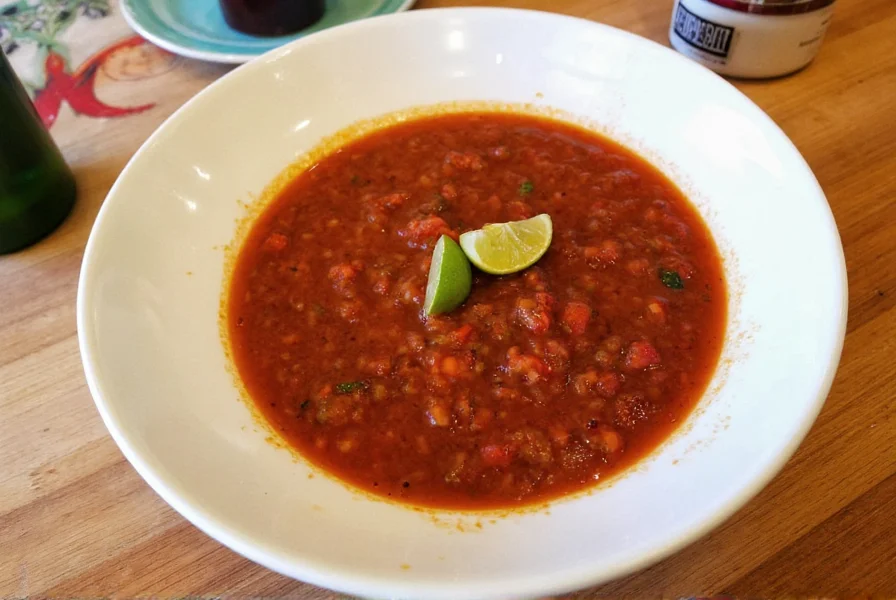
How to Make Cascabeles Salsa at Home
Making cascabeles salsa is easier than you think. Here’s a simple recipe to get you started — and a few twists to keep things interesting.
Classic Cascabeles Salsa Recipe
- 4–6 dried cascabeles peppers (adjust for heat level)
- 2 garlic cloves
- 1 small onion, quartered
- 1 tomato, roasted
- 1 tsp salt
- 1 tbsp lime juice
- 2 tbsp water (or more to adjust consistency)
Instructions:
- Toast the dried cascabeles in a dry skillet until fragrant (about 2 minutes).
- Add garlic, onion, and tomato to the skillet and cook until softened.
- Transfer everything to a blender and pulse until smooth.
- Add salt and lime juice. Blend again, adding water as needed.
For a smoother texture, strain through a fine mesh sieve. For extra depth, roast everything first over an open flame.
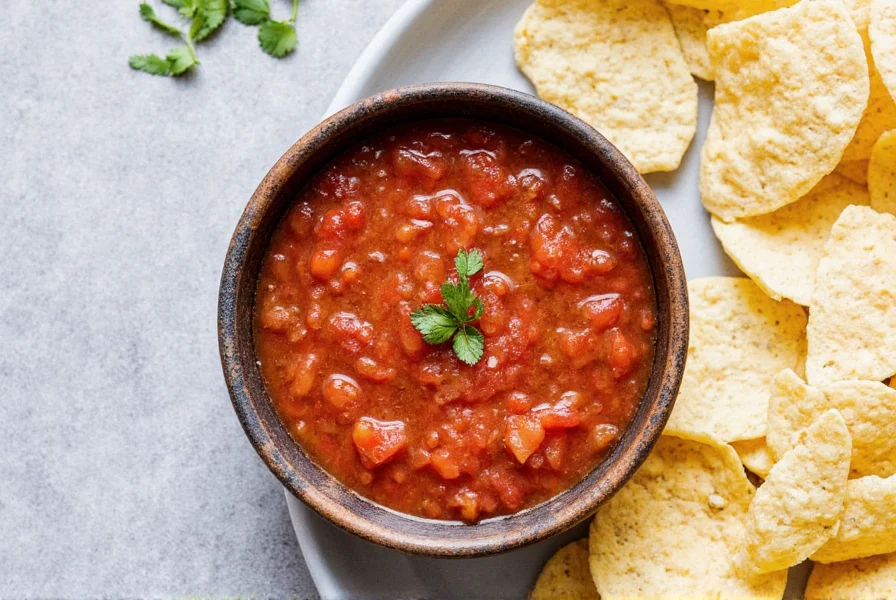
Buying Guide: Picking the Perfect Ingredients
The quality of your ingredients makes all the difference in a great cascabeles salsa. Here’s what to look for when shopping:
| Ingredient | What to Look For | Best Brands / Sources | Use Case |
|---|---|---|---|
| Cascabeles Peppers | Dark red, plump, no signs of mold | La Costeña, Rancho Gordo, specialty stores | Base of salsa, spice rubs |
| Tomatoes | Firm, ripe, with strong aroma | Vine-ripened local tomatoes | Texture and sweetness balance |
| Garlic | Plump bulbs with firm cloves | California-grown organic garlic | Sharp, savory kick |
| Lime Juice | Freshly squeezed for best flavor | Meyer limes, Key limes | Acidic brightness |
Alternative Ingredients for Unique Variations:
- Roasted Pineapple: Adds tropical sweetness.
- Charred Corn: Gives a smoky crunch.
- Smoked Paprika: Boosts the depth if cascabeles are too mild.
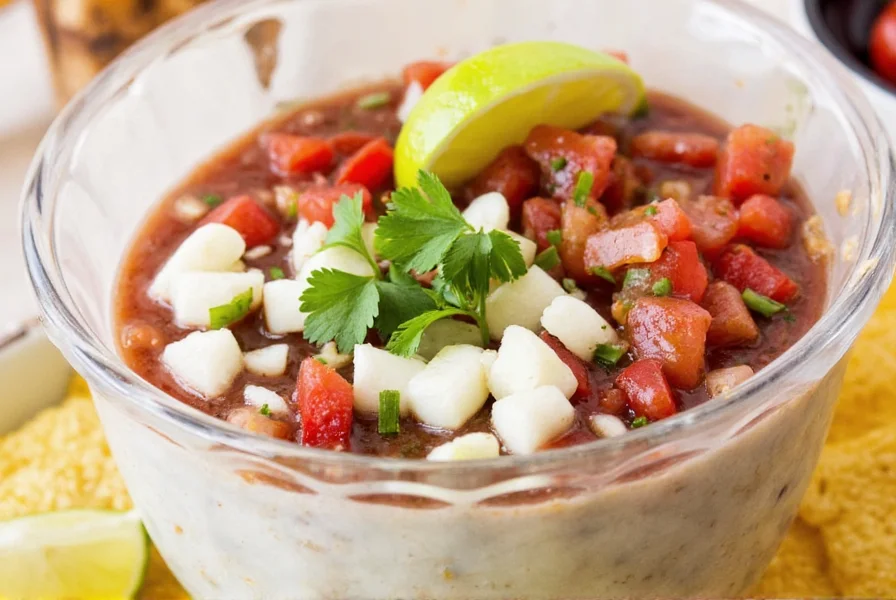
Pairing Cascabeles Salsa with Food & Drink
Whether you're serving it alongside chips or drizzling it on your favorite dish, cascabeles salsa pairs beautifully with bold and contrasting flavors.
Top Pairings:
- Tacos al Pastor: The heat complements the sweet marinated pork.
- Grilled Seafood: Especially shrimp or mahi-mahi with citrus accents.
- Eggs: Add a spoonful to huevos rancheros or scrambled eggs.
Drink Pairings:
- Michelada: A beer-based cocktail that balances the spice with umami.
- Tequila Blanco: Clean and sharp, perfect for cutting through richness.
- Mango Smoothie: The fruitiness cools the burn while enhancing flavor.
Pro Tips for Mastering Your Salsa Game
You don’t need a culinary degree to make amazing cascabeles salsa — just a few smart moves and a bit of experimentation.
- Control the Heat: Remove seeds and veins to tone down the spiciness.
- To Toast or Not to Toast: Toasting intensifies the flavor but may increase bitterness.
- Play with Consistency: Chunky for dipping, smooth for drizzling.
- Let it Rest: Letting the salsa sit for 30 minutes enhances flavor integration.
- Store Smart: Keep in an airtight container in the fridge for up to a week or freeze in ice cube trays.
Final Thoughts
Cascabeles salsa isn’t just about heat — it’s about heritage, creativity, and bringing out the best in your food. Whether you're a seasoned chef or just spicing up your weekend snacks, this vibrant condiment offers endless possibilities.
From its roots in Mexican wilderness to its modern-day variations around the globe, cascabeles reminds us that the smallest ingredients often have the biggest impact. So go ahead — experiment, explore, and most importantly, enjoy every fiery bite.

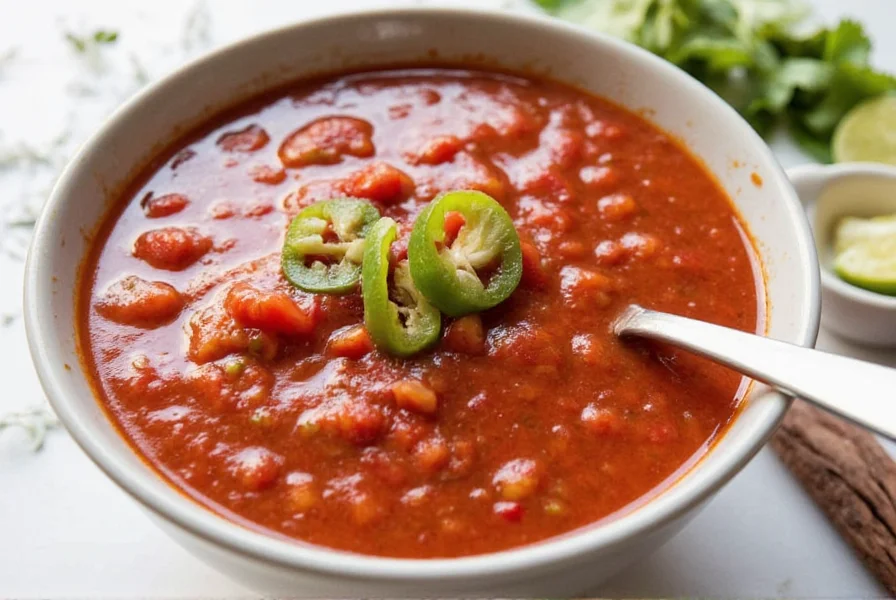









 浙公网安备
33010002000092号
浙公网安备
33010002000092号 浙B2-20120091-4
浙B2-20120091-4